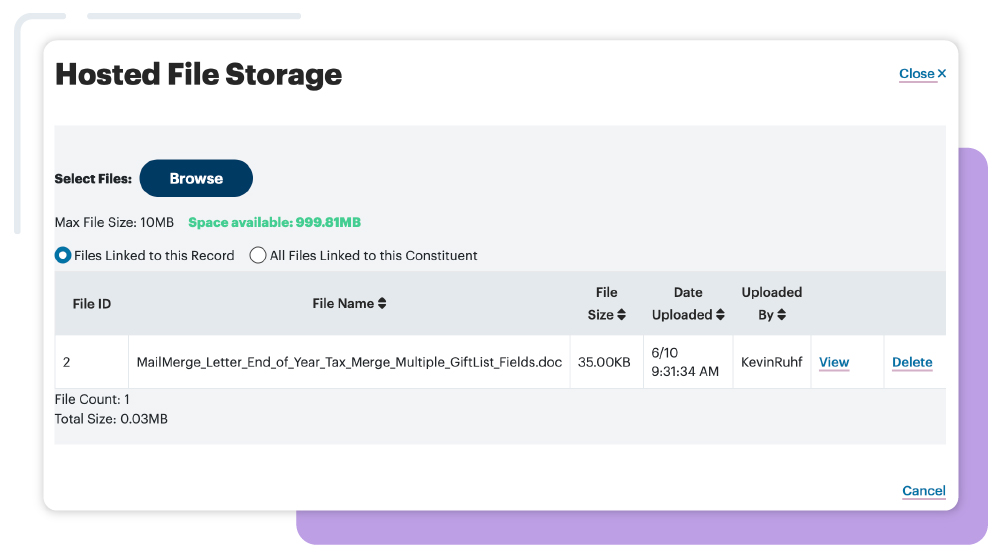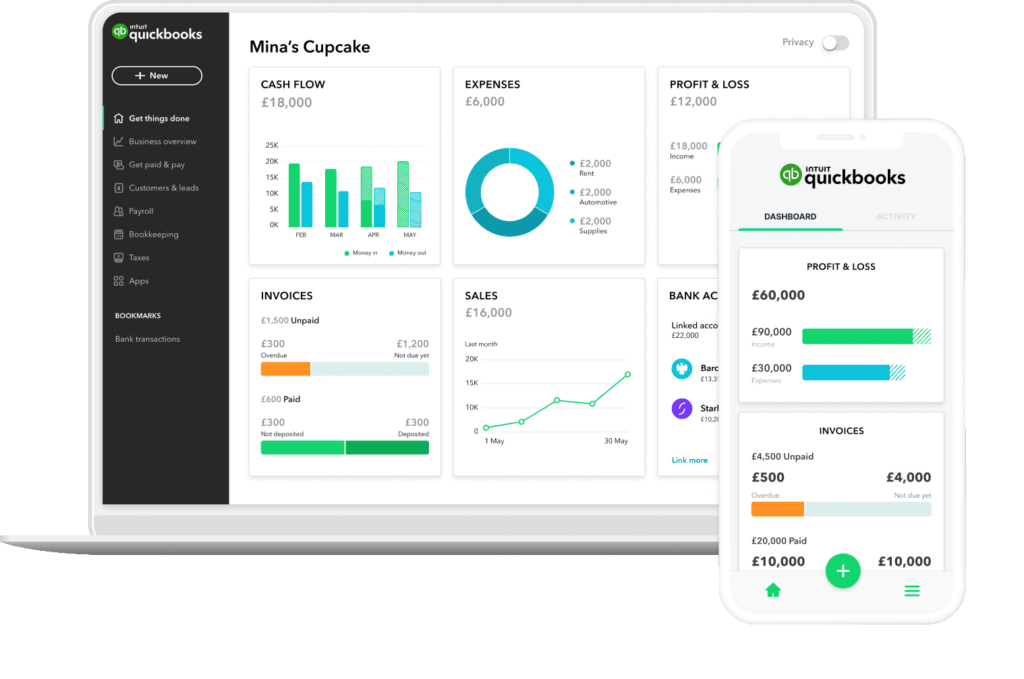Nonprofit Technology & Fundraising Blog
Subscribe to our mailing list

April 29, 2025 | Fundraising Communication, Planning
First of all, congratulations! Getting a grant is no small feat. It’s a testament to the strength of your mission, your vision, and the work you’re doing to make a difference. Take a moment to celebrate.
Once the confetti settles, it’s time to get to work. Managing a grant well, from staying in compliance to building a strong relationship with the funder, is what turns a one-time award into long-term growth.
This guide walks you through the full grant lifecycle, so you can stay on track, tell your story well, and position your nonprofit for future funding.
Before spending a single dollar, read your grant award letter and agreement in full, especially the fine print. These documents contain essential details about:
Once you understand the requirements, assign a point person (or a team) responsible for overseeing compliance. Often, this will be your grant writer or project leader. This ensures that tasks like reporting, tracking expenses, and communicating with the funder aren’t overlooked.

Use a tool like DonorPerfect’s Hosted File Storage to keep a shared digital folder with all grant documents, timelines, and notes to keep everyone aligned and informed.
Gratitude sets the tone for a strong relationship. Send a heartfelt, personalized thank-you as soon as you receive the award. Depending on the funder, this could be a:
If the grant agreement allows, give the funder public acknowledgment. It shows appreciation and also demonstrates transparency and credibility to your broader community.
Here are some ways to acknowledge your funder publicly:
Add the funder’s name and logo to your website, and feature them in your newsletter. You might even spotlight their story and the impact of their contribution.
Share updates, photos, and key moments from the project that their grant is helping fund. A tag and thank-you in a social media post can go a long way in strengthening the relationship and showing community support.
Include a section dedicated to acknowledging the funder, highlighting what their support made possible through stats and human stories.
If the grant is significant or funds a particularly exciting initiative, consider sending a press release to local or industry media. It raises visibility for your work and for the funder.
Acknowledging funders publicly is more than just PR; it’s a way to honor their partnership and build trust with your community. This is a great opportunity to work jointly with the funder to collaborate on what you want to say and align your external messaging.
Create a dedicated budget just for the grant, and use accounting software to track every dollar. Align your internal timelines with the funder’s reporting deadlines, so you’re not scrambling when reports are due. Additionally, align your team’s internal calendar with grant timelines and reporting deadlines—this helps avoid details getting lost in the cracks. Strong systems don’t just keep you compliant—they showcase your strengths as a grant writer and build confidence with funders, making renewal conversations much easier down the road.

Nonprofit CRMs, like DonorPerfect, that seamlessly integrate with accounting software can save you time and ensure accuracy when it comes to budget tracking.
Let your board, staff, and volunteers know about the grant win. Share how it fits into your organization’s goals and how it might affect their roles.
This helps reinforce alignment, boosts morale, especially when your team sees how effective grant writing can fuel big wins.
Now that the grant is secured, it’s time to bring your proposal to life. You already outlined a plan in your grant application—now operationalize that plan and make sure your team is ready to execute with clarity and confidence. Since projects span multiple departments, successful implementation depends on aligning efforts across the organization. When departments communicate and collaborate effectively, it helps avoid duplication, surfaces potential challenges early, and ensures that everyone is moving toward shared goals.
Here’s how to make implementation smooth, strategic, and impactful:
Start by re-grounding your team in the purpose of the project. Clearly articulate the project’s goals and how they align with your organization’s broader mission. Ensure your objectives are still SMART (Specific, Measurable, Achievable, Relevant, and Time-bound). If anything has shifted since the proposal was submitted (due to staffing, community needs, etc.), now is the time to adjust and communicate those changes with the funder.
Clarify exactly what is and isn’t included in the project. Make sure all team members understand the core deliverables, and establish quality standards and deadlines for each. This helps prevent scope creep and keeps the project focused on its intended impact.
Take your proposed schedule and turn it into a living document. Create a detailed timeline that breaks the project into phases, with clear milestones along the way.
Ensure your team has what it needs to succeed. This includes staffing, equipment, materials, and the appropriate budget allocations. Review your grant budget to confirm that everything is properly funded, and make a plan for any gaps or contingencies.
Every project comes with some level of uncertainty. Take time to identify potential risks (e.g., delays, staffing changes, vendor issues) and create mitigation plans. You don’t need to have every answer, just a framework for how you’ll respond if things don’t go as planned.
Good communication can make or break a project. Establish regular check-ins and progress updates for both internal stakeholders (staff, board) and external ones (partners, funders, community members). Decide who’s responsible for each update, how often communication should happen, and what channels (email, meetings, dashboards, etc.) you’ll use.
Now’s the time to start tracking what matters. Set up systems to monitor key performance indicators (KPIs) and gather both quantitative and qualitative data. This will make reporting much easier and help you adjust your course in real time if needed.
It may seem early, but planning for the end of the grant-funded project is just as important as the launch. Think ahead about what documentation will be needed, how you’ll capture lessons learned, and how you’ll transition staff or programs once the funding cycle concludes.
Begin executing right away, and if anything needs to shift, communicate with the funder promptly. Most funders appreciate proactive, transparent updates and understand that flexibility may be needed.
Securing funding is just the beginning. Cultivating a genuine, lasting relationship with your funder is what sets you up for future success.
Here’s how to make that happen:
Ongoing tracking and evaluation aren’t just for reporting—they’re vital for keeping your project on course and showing your funder (and your team) the difference you’re making. As a grant writer, this is where your attention to detail truly pays off.
The key is to collect the right information consistently, so you’re not at a loss when it’s time to report or reflect. Think of it as building a story, one data point at a time.
Here’s what to track and how:
Track the measurable outputs and outcomes your grant proposal promised.
Examples:
These are the stories behind the numbers. They show the human side of your impact.
Examples:
Bonus: Capture photos and videos (with consent) to use in reports, newsletters, or social posts.
Stay on top of how every dollar is used, this shows funders that you’re a good steward of their support.
Examples:
Go beyond checking boxes. Regularly ask: Are we moving toward our intended outcomes?
Examples:
Build in regular internal check-ins (monthly or quarterly) to reflect and adjust.
If something isn’t going to plan, don’t wait. Document the issue, identify root causes, and communicate with the funder proactively to collaborate on a path forward if needed.
Examples:
Don’t wait until reporting time to start organizing. Create a digital “grant hub” where you store:
Make reporting simple by documenting progress along the way.
Pro Tip: Assign one team member to do a monthly “mini check-in”—reviewing files, updating your tracker, and identifying anything that needs attention.
Your report isn’t just a requirement, it’s an opportunity.
Use it to tell a story with both numbers and narratives. Include photos, quotes, and lessons learned. Timely, compelling reports build funder trust and position you well for future funding opportunities. Even if things didn’t go exactly as planned, frame your challenges with honesty and show what you learned.
A successful grant can open doors.
Leverage it as proof of your credibility in future grant writing, include it in your fundraising messaging, and feature the impact in your annual report. It’s also worth exploring additional funding or partnership opportunities with the same funder, now that they’ve seen what you can do.
Getting the grant is a big deal, but what you do after the award is what truly defines your success.
With strong systems, clear communication, and authentic relationship-building, your nonprofit can turn one grant into many, and one win into lasting impact.
Follow us on social!